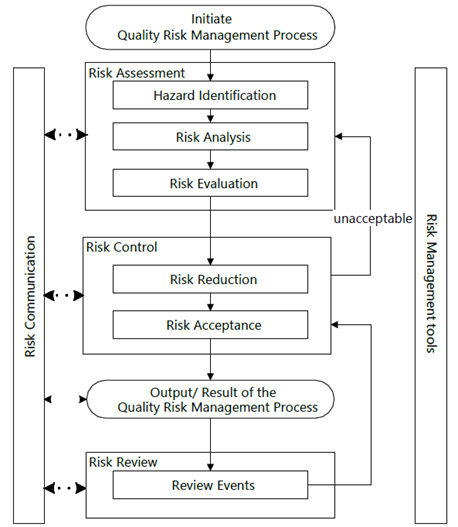


Following product development, sales is the next giant in our list of top 10 business processes.Īccording to the Sales Management Association, 90% of the highest-performing companies use a formal, guided sales process. The template embedded below is a basic project management checklist that provides a framework to shape your product development process around, and can be easily customized as you see fit.Ī heart cannot beat without blood, and a product cannot be used without being sold.

After surveying more than 300 employees at 28 companies, they found that more than 80% of the top performers said they periodically tested and validated customer preferences during the development process, compared with just 43% of bottom performers.Īnd so, it’s clear that a lot goes into successfully developing a new product. The Wall Street Journal discussed the importance of this point in The Path to Developing Successful New Products. In addition to conducting thorough research and testing, it is also imperative that development teams maintain strong communication with customers throughout the development process, to refine the product according to the feedback they receive. To minimize these challenges, companies should conduct research for ideation, validation, development of a go-to-market strategy, and post-launch.” – Insights Association, The Importance of Process in New Product Development “Challenges along the product life cycle, such as the changing marketing, changing customer preferences, new competitors, poor product design, going after the wrong target market, off-base pricing, off-target go-to-market strategy, and a lack of post-launch research can result in a shortened product life-cycle. As your business grows, product lines expand, and unforeseen market changes demand you to adapt, so too will your product development process demand optimization. It is also one that will always have room for improvement because it is subject to time. How your team goes from ideation and concept generation to introducing the product to the market is, in other words, a business-critical process. In short, because it is the foundational process that provides you with the greatest opportunity to maximize the value you bring to customers and help the company grow, not to mention positively impacting society with reliable, functional tools. Why is a product development process important? Let’s start with the heart of every business – the product(s). Top 10 business processes: The greatest hits 1. Oh, and bear in mind, these are in no particular order. My hope is that you will not only extract valuable insight from this article, but also find ways to apply the templates that have been provided in a way that is practical and useful for your team or organization as a whole. The greatest hits.Įach process will be paired with at least one fully customizable template that will help you get started or evaluate and refine your current processes depending on what stage you are at in mapping out and implementing your own. In this post, we’re going to be looking at what we, here at Process Street, have identified as the top 10 business processes that you should care about and focus on continuously optimizing. Processes that, without clear documentation and management, will cause bottlenecks that stifle growth or at worst, force an organization to close its doors. There are, however, a number of processes that are absolutely essential to efficiently running any kind of business, regardless of size, industry, or location. How granular you go is really up to you, and depends on what is most suitable for the way you conduct business. You can start with a broad, complex discipline like operations, mapping out the general, high-level process, and go on to create a vast amount of sub-processes that fall under the same area. Whether the number of possible business processes is finite or infinite is debatable.


 0 kommentar(er)
0 kommentar(er)
